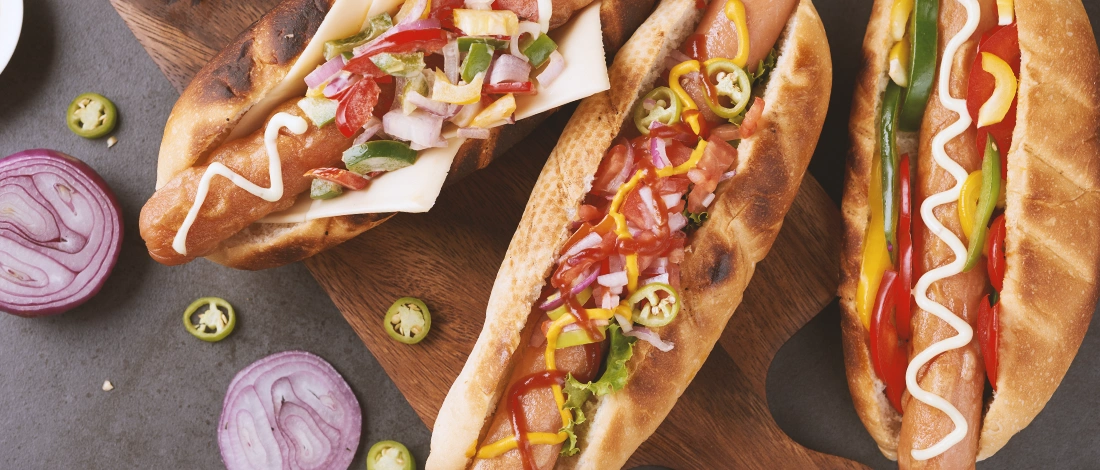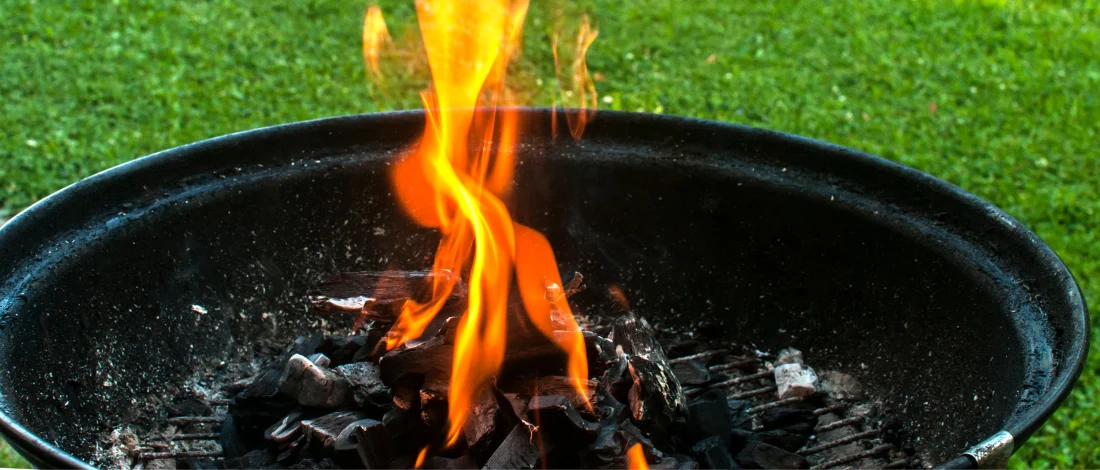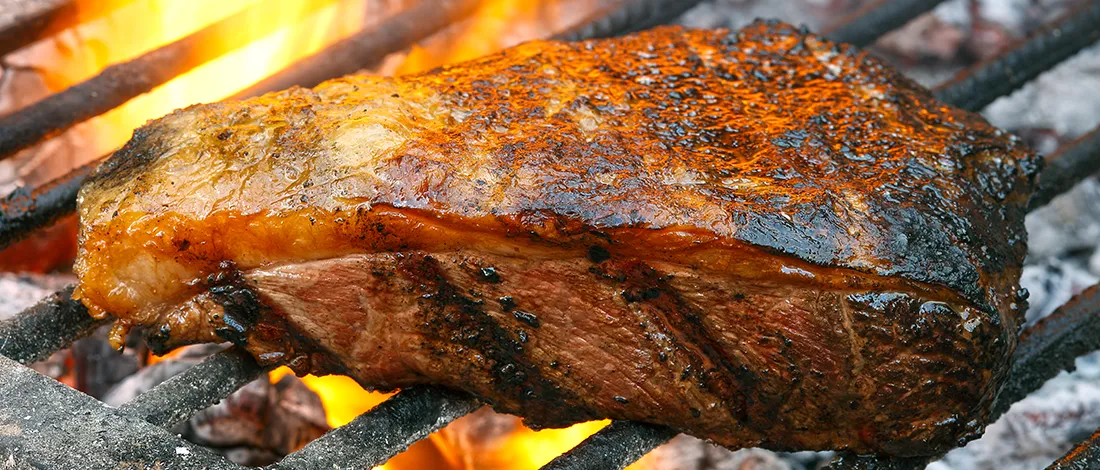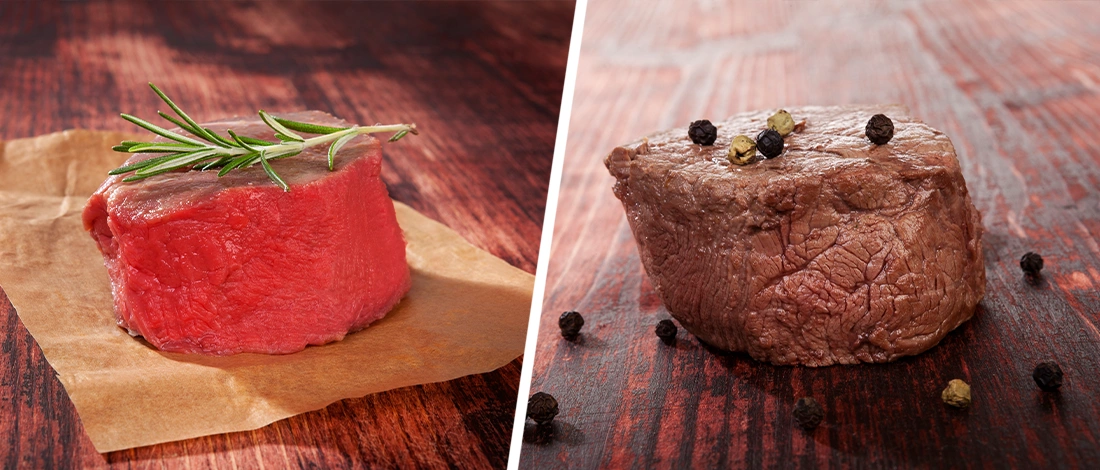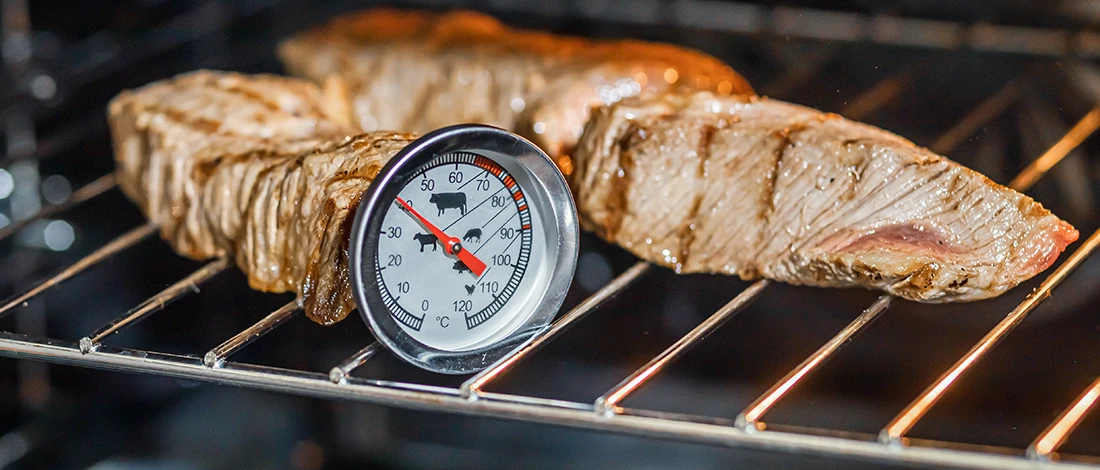With the wide temperature ranges available, standing behind the grill can be pretty intimidating for the first time.
However, following the correct cooking method and using the optimal grill temperatures is not only essential for a delicious, juicy barbeque; it's critical for food safety!
Quick Summary
- The ideal grill temperature varies based on the type of food, its weight and thickness, the grill's surface temperature, and whether you're using direct or indirect heat.
- Gas grills have an automatic temperature gauge, with temperatures ranging from 200°F for "low and slow" cooking to 550°F for extremely high heat.
- The internal temperature of the food is crucial for safety and taste.
- You can measure the meat's internal temperature using a meat thermometer. We recommend ThermoPro TP20 for accurate readings.
The grill temperature charts in this article will provide a general guideline for grilling succulent cuts of meat. So, read on to find out more.
What Temperature Should A Grill Be?
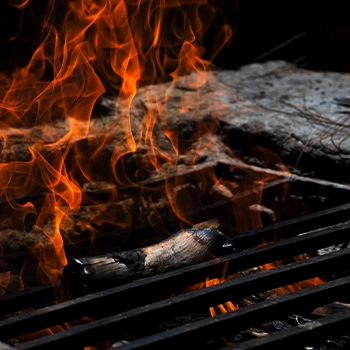
The ideal grill temperature varies considerably based on the type of food you're grilling.
Similar to cooking different food types in the oven that needs temperature adjusting, the same rule applies to the barbeque or grill.
Using the ideal cooking method and temperatures according to your ingredients helps retain moisture flavor and ensures safety.
Following a temperature chart is ideal for beginners to get started or remind the professionals about a particular cut of meat that they rarely place on the grill.
However, bear in mind that each barbeque session differs based on various factors like the size of your ingredients.
Therefore, we only offer an approximate guideline based on expert advice.
The following factors influence the temperature the grill should be:
- Type of food (beef, lamb, chicken, pork, veggies, etc.)
- The weight and thickness of the food.
- The surface temperature of the grill.
- Direct or Indirect heat.
The next time you come across the grill instructions stating "pre-heat your grill to medium heat" or "sear at a high heat for three minutes," you'll know what the recipes mean, making life a whole lot simpler and your meat a whole lot juicier!
Here are temperature charts to provide a guideline of what temperature a grill should be:
A Gas Grill's Temperatures
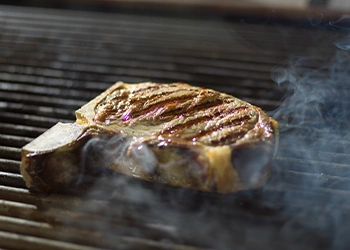
Gas grills have an automatic temperature gauge, making it easier to control the heat than figure out how to test the temperature on a charcoal grill.
In addition, you can adjust the heat by turning the grill's knobs up or down as needed.
While most gas grill temperatures max out at 550°F, here is a rough guide to gas grill temperatures [1]:
- Extremely high (450°F to 550°F)
- High (400°F to 450°F)
- Medium-high (375°F to 400°F)
- Medium (350°F to 375°F)
- Low (300°F to 350°F)
- Pitmaster-style "low and slow" (200°F to 300°F)
Grilling Temperatures for Meat and Vegetables
1. Beef

Beef is usually the go-to meat choice for a delicious barbeque. However, with the wide range of available cuts, the grilling temperatures differ too.
Here is a guideline of grilling temperatures for beef cuts:
| BEEF CUT | SURFACE TEMPERATURE (°F) | COOK TO INTERNAL TEMPERATURE |
|---|---|---|
| Filet Mignon | 360 to 400°F | 130 to 165°F |
| Rib-eye Steak | 360 to 400°F | 130 to 165°F |
| T-bone Steak | 360 to 400°F | 130 to 165°F |
| New York Strip | 360 to 400°F | 130 to 165°F |
| Hamburger Patties | 400°F | 160°F |
| Kabobs | 350 to 400°F | 130 to 165°F |
| Roast or Rolled Rump | 380°F | 135 to 170°F |
| Sirloin Tips | 350°F | 130 to 165°F |
| Tenderloin | 400°F | 135 to 170°F |
| Beef Sausage | 350°F | 160°F |
2. Chicken

While the ideal internal temperature for chicken is a minimum of 165 °F to ensure you are safe from any nutritional problems, the perfect grill temperature varies depending on the chicken cut on the grill.
Here is a guideline of grilling temperatures for chicken cuts:
| CHICKEN CUT | SURFACE TEMPERATURE (°F) | COOK TO INTERNAL TEMPERATURE |
|---|---|---|
| Whole Unstuffed Chicken | 350°F | 165 to 170°F |
| Breast halves | 350°F | 165 to 180°F |
| Thighs | 350°F | 165 to 180°F |
| Drumsticks | 350°F | 165 to 180°F |
| Wings | 350°F | 165 to 180°F |
While the temperatures may be the same, you'll notice that the time it takes to reach the internal temperature differs from 8 to 15 minutes for the chicken pieces and around 60 to 75 minutes for the whole chicken.
3. Pork

With a delicious marinade, pork's taste and aroma never seem to disappoint. However, you'll want to note that, like beef, pork can be dry and tasteless if you overcook it.
To prevent this from happening, follow the guideline of grilling temperatures for pork cuts:
| PORK CUT | SURFACE TEMPERATURE (°F) | COOK TO INTERNAL TEMPERATURE |
|---|---|---|
| Chops | 325 to 350°F | 145°F |
| Ribs | 350 to 400°F | 145°F |
| Ground Patties | 400°F | 160°F |
| Tenderloin | 360 to 400°F | 145°F |
| Kabobs | 350 to 400°F | 135 to 160°F |
| Pork Sausage | 350°F | 160°F |
| Uncured Ham | 285°F | 140°F |
Read More: Pork Ribs Internal Temperature Chart
4. Seafood

Seafood is a delicacy that most of us avoid attempting to perfect on the grill at home.
However, for the pros or risk-takers, here is a guideline of grilling temperatures for seafood [2]:
| SEAFOOD TYPE | SURFACE TEMPERATURE (°F) | COOK TO INTERNAL TEMPERATURE |
|---|---|---|
| Salmon | 450 to 500°F | 125 to 145°F |
| Halibut | 450 to 500°F | 130°F |
| Lobster | 400 to 450°F | 140°F |
| Scallops | 350 to 450°F | 130°F |
| Shrimp | 350 to 450°F | 120°F |
| Tuna | 450 to 500°F | 115°F |
5. Vegetables
The standard grilling temperature for vegetables is around 350°F.
The main difference is the time needed for different veggies to stay on the grilling surface.
- Greens, stems, leaves, and fruits take between 3 to 10 minutes on a side as they are lighter and contain easy heat penetrating textures.
- Thanks to their tough texture, tubers take a long while to grill. On average, potatoes and sweet potatoes take around 90 minutes to prepare on the grill.
Measuring Grill Temperature

To ensure that you are grilling your food at the ideal temperature, you'll need to gauge the grill's temperature.
Use The Hand Method
Using the hand method to determine the temperature does not allow us to test the precise temperature, but it gives us a rough estimate.
Hold your hand about three inches directly above the charcoal grill. The total number of seconds you can hold your hand there without burning will roughly determine the grill's temperature.
Here are the estimations according to Weber.com [3].
- High (450° to 550°F): 2 to 4 seconds
- Medium (350° to 450°F): 5 to 7 seconds
- Low (250° to 350°F): 8 to 10 seconds
Use A Grill Surface Temperature Thermometer
While some seasoned professionals use the hand test to guess or estimate the grill's temperature, you may want to consider a little more precise while you wean your way into becoming a grill master.
The best, most accurate, and hand-friendly way to determine the grill's temperature is using a grill surface temperature thermometer.
Attach the thermometer to the center of your grates and take your first reading after around five minutes.
More so, you can move the thermometer to the corners of your grill to get an accurate temperature reading of the entire surface area of the grill.
Use a temperature probe to provide an immediate and accurate reading of the meat's internal temperature.
Related: Smoking Temperature & Times Chart
References:
- https://www.bhg.com/recipes/grilling/basics/grill-temperature-control/
- https://blog.thermoworks.com/fish-seafood/recommended-temperatures-seafood/
- https://www.weber.com/US/en/grill-skills/mastering-charcoal/charcoal/measuring-heat-the-hand-test/weber-34145.html


